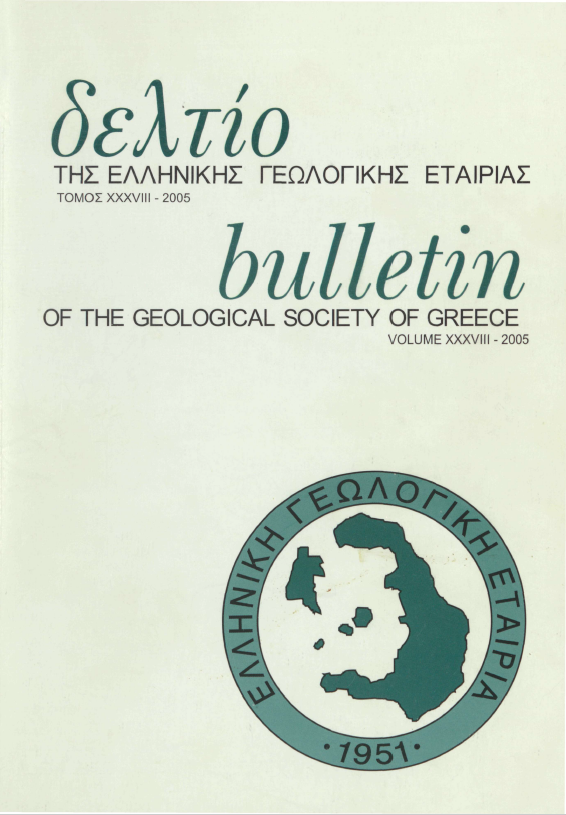BEYOND POLLEN AND SPORES: THE CONTRIBUTION OF NON POLLEN PALYNOMORPHS IN PALAEOENVIRONMENTAL STUDIES

Abstract
Non-pollen palynomorphs (ΝΡΡ) are organic-walled microfossils that are frequently discovered in palynological preparations during pollen analysis. Like pollen and spores they are resistant to corrosion and they survive the chemical preparation with heavy acids of pollen samples. NPP include a big variety of microfossils like fungal spores, algal spores and coenobia, animal remains and plant tissues. They provide an alternative source of paleoecological information especially for the Quaternary. A combined approach of pollen and NNP allows the better understanding of paleoecological changes. The study of occurrences of NNP from a series of Holocene deposits in Greece (Lake Kastoria, Skyros Island, Marathon coastal plain) was proved of great importance in the interpretation of paleoenvironmental conditions and the tracing of human activities in the past.
Article Details
- How to Cite
-
Κούλη Κ., & Δερμιτζάκης Μ. Δ. (2006). BEYOND POLLEN AND SPORES: THE CONTRIBUTION OF NON POLLEN PALYNOMORPHS IN PALAEOENVIRONMENTAL STUDIES. Bulletin of the Geological Society of Greece, 39(1), 87–99. https://doi.org/10.12681/bgsg.18447
- Section
- Palaeontology, Stratigraphy and Sedimentology

This work is licensed under a Creative Commons Attribution-NonCommercial 4.0 International License.
Authors who publish with this journal agree to the following terms:
Authors retain copyright and grant the journal right of first publication with the work simultaneously licensed under a Creative Commons Attribution Non-Commercial License that allows others to share the work with an acknowledgement of the work's authorship and initial publication in this journal.
Authors are able to enter into separate, additional contractual arrangements for the non-exclusive distribution of the journal's published version of the work (e.g. post it to an institutional repository or publish it in a book), with an acknowledgement of its initial publication in this journal. Authors are permitted and encouraged to post their work online (preferably in institutional repositories or on their website) prior to and during the submission process, as it can lead to productive exchanges, as well as earlier and greater citation of published work.



